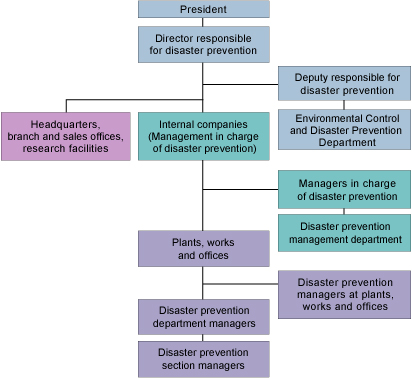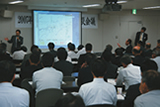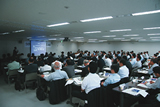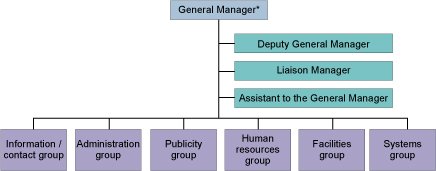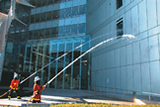Home > About Us > Corporate Social Responsibility > Sustainability Report > Sustainability Report 2008 > Disaster Prevention Activities
 Disaster Prevention Activities
Disaster Prevention Activities
| Disaster Prevention Activities |
|
|||||||||||||||||||||||||||||||||||||||||||||||||||||||||||||||||||||||||||||||||||||||||||||||||||||||||||||||
| Kobelco 1/17 Walk |
| On January 26, 2008, the Kobelco 1/17 Walk was held, commemorating the Great Hanshin-Awaji Earthquake of January 17, 1995. The purpose of this event was to ensure that employees know how to stay safe and how to get to and from work in the event of an earthquake. Organized for employees who work in the Kobe Head Office and surrounding area and their families, it postulated an earthquake that would prevent people from using their usual public transportation and force them to walk to and from work. Those living in the area where public transport was hypothetically disrupted were asked to walk from their homes; those living outside the area were asked to walk from designated train stations. More than 200 people signed up for the walk, some of them walking as far as 13 kilometers (four hours) under a clear winter sky to reach the goal of Nagisa Park at HAT Kobe. They were pleased to find steaming bowls of udon noodles and rice balls waiting for them at the end of their trek. Many participants had positive comments, expressing surprise at how quickly they could walk to work, or saying that it should remain an annual event so that people can keep memories of the Great Hanshin-Awaji Earthquake from fading. |
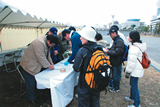 At the goal of the Kobelco 1/17 Walk |

